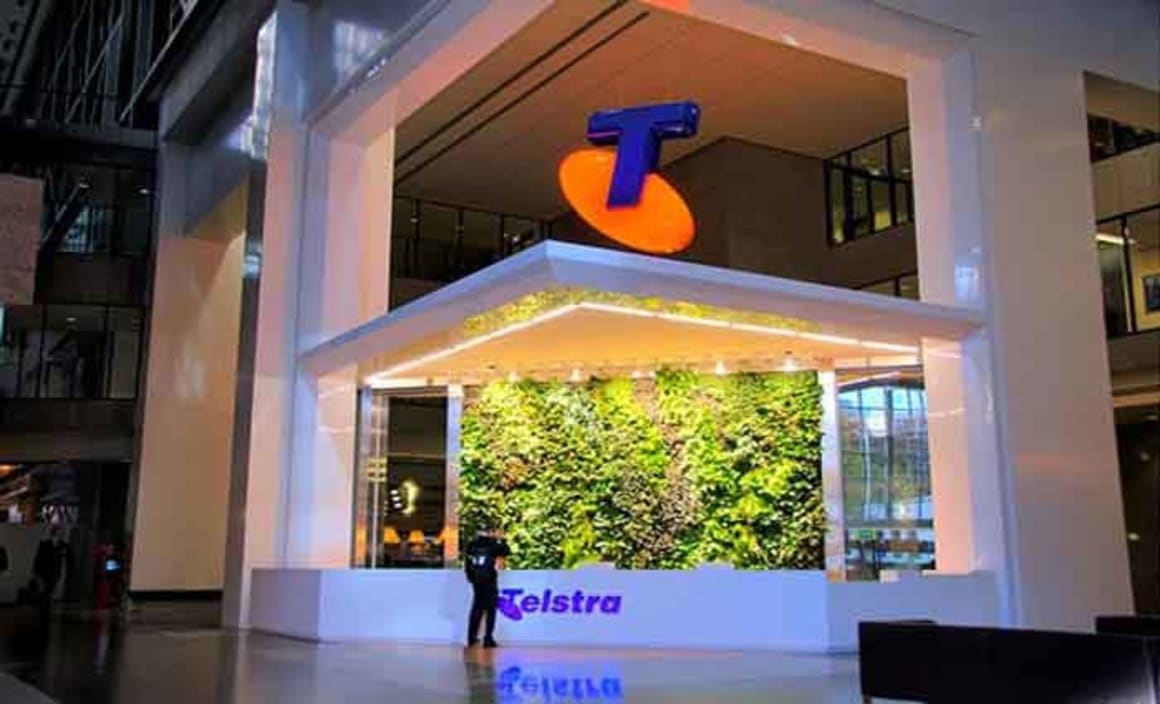Telstra bets big on making homes smarter

Telstra is pouring money into making homes smarter and in turn, growing its business.
That means the telecom company is trying to transform into a tech company through smart devices that talk to each other and control the heating, cooling, and lighting etc in your homes, according to a recent report in The Australian Financial Review.
Telstra is not alone. Tech giants Apple, Amazon, Samsung and Google have all been vying to control the emerging $US121 billion market.
As an example of how Telstra envisions its future, Telstra executive John Chambers uses his Smart Home app to check the liquor cabinet usage of his children.
“I now have a much deeper understanding of my home,” Chalmers told the AFR.
Eighty percent of Australians worry about leaving a light or appliance on when they go away, surveys show. It is this opportunity that Telstra is trying to cash in, with a $25-a-month Smart Home plan when its customers bundle up their mobile and broadband services.
It could also become a boon for the elderly and disabled.
“You’ll be able to see when your mum is opening the fridge and how is she moving around the house, a whole variety of very simple non-invasive techniques just to keep an eye on your ageing parents,” Chambers says.
“We’re working on solutions to adapt it to the 500,000 homes of Australians with a disability.”
He said existing smart devices are not cost-effective. Telstra is working on a single, intuitive platform which can integrate with Apple, Google or Samsung devices on one app.
Telstra’s new ventures are a response to the threat to its traditional business. The company has been pivoting hard and investing heavily in new businesses.
Telstra Ventures – the company’s venture capital fund – has spent more than $240 million on 18 digital health businesses, with the aim of reaping $1 billion in annual revenues by 2020. It is still not profitable yet.
Whelan said Telstra Ventures aims to invest in companies that are already generating revenue.
“We have a process internally called the conveyor belt,” Whelan says. “We formulate ideas, we incubate them, we scale them and then transition them. We have businesses at all those stages of the life cycle.”
Chambers expects the number of devices in a people’s home will go up significantly in a few years.
“The potential to service a few million homes is very real,” he concludes.